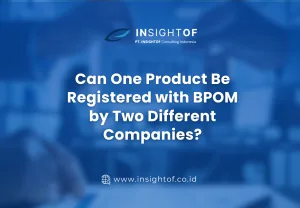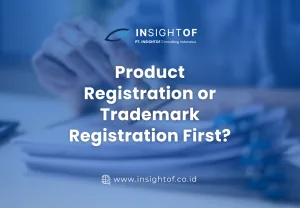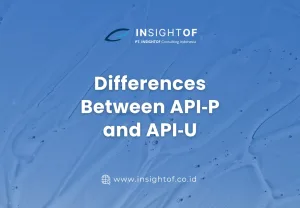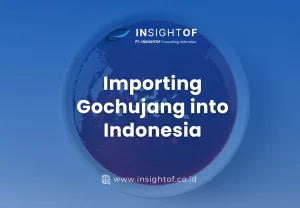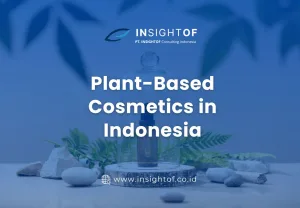The Indonesian Food and Drug Authority, Badan POM (BPOM), has issued Regulation Number 16 of 2024 on Contaminant Limits in Cosmetics, officially replacing BPOM Regulation Number 12 of 2019. The update process involved several stages. First, BPOM held a public consultation on November 10, 2023. Next, the regulation underwent harmonization with the Ministry of Law and Human Rights on July 25, 2024, and finally, it received Presidential approval on September 17, 2024. This demonstrates their commitment to addressing contaminant levels in cosmetics.
Updated Cosmetic Chemical Contaminant
In addition, this update aligns with ASEAN agreements to further improve consumer protection. Specifically, it reduces the contaminant limit for 1,4-dioxane from 25 parts per million (ppm) to 10 ppm. 1,4-dioxane, a carcinogenic chemical and common contaminant in cosmetics, often appears unavoidably, yet companies can limit and monitor its concentration. BPOM states that this adjustment takes into account studies and discussions conducted at the Southeast Asian level.
| Aspect | Previous Regulation | New Regulation |
|---|---|---|
| 1,4-Dioxane | not more than 25 mg/kg or 25 mg/L (25 ppm) | not more than 10 mg/kg or 10 mg/L (10 ppm) |
| Acrylamide | – | not more than 0.1 mg/kg for leave-on body care formulations and 0.5 mg/kg for other formulations |
| Diethylene glycol | – | not more than 0.1% |
This regulation mandates that the cosmetic industry comply with limits on microbial, heavy metal, and/or certain chemical contaminants in their products. Contaminants in cosmetics can unintentionally enter through processing, storage, or from raw materials, making precise testing essential. Accredited laboratories or in-house labs certified with Good Manufacturing Practices for Cosmetics (CPKB) must conduct contaminant testing, using validated or verified analytical methods to identify any contaminant.
Testing of Contaminants in Cosmetics
| Aspect | Previous Regulation | New Regulation |
|---|---|---|
| Contaminant Testing | Testing conducted only in accredited laboratories. | Testing can be carried out in testing facilities in the form of accredited laboratories or internal laboratories with Good Cosmetic Manufacturing Practices (CPKB) certification. |
| Testing Methods | Analysis methods must be validated or verified. | Still requires a validated or verified method of contaminant analysis. |
| Documentation of Results | Testing results must be documented in the Product Information Document. | Documentation of testing results must follow BPOM regulations that set guidelines for cosmetic product information documents. |
Business operators must document testing results in the product information document to ensure product safety. If businesses violate these regulations, authorities may apply administrative sanctions, including issuing written warnings, prohibiting product distribution for up to one year, recalling and destroying products, temporarily suspending production or import activities, revoking notification numbers, and closing access to the online notification application due to discovered contaminants.
Source:
Peraturan BPOM No. 12 Tahun 2019: Peraturan BPOM No. 12 Tahun 2019 (bpk.go.id)
Peraturan BPOM No. 16 Tahun 2024: Peraturan BPOM No. 16 Tahun 2024 (bpk.go.id)


